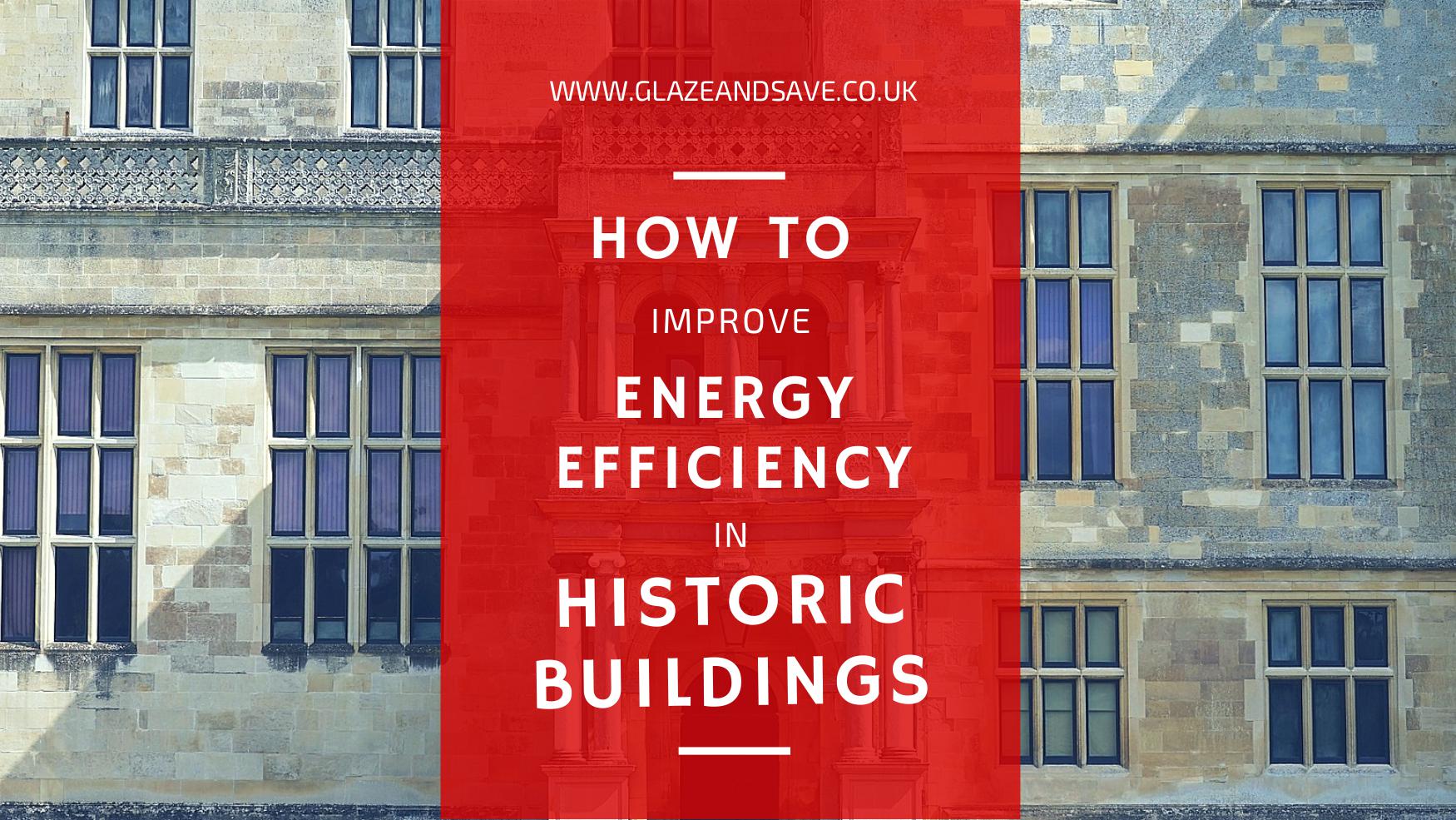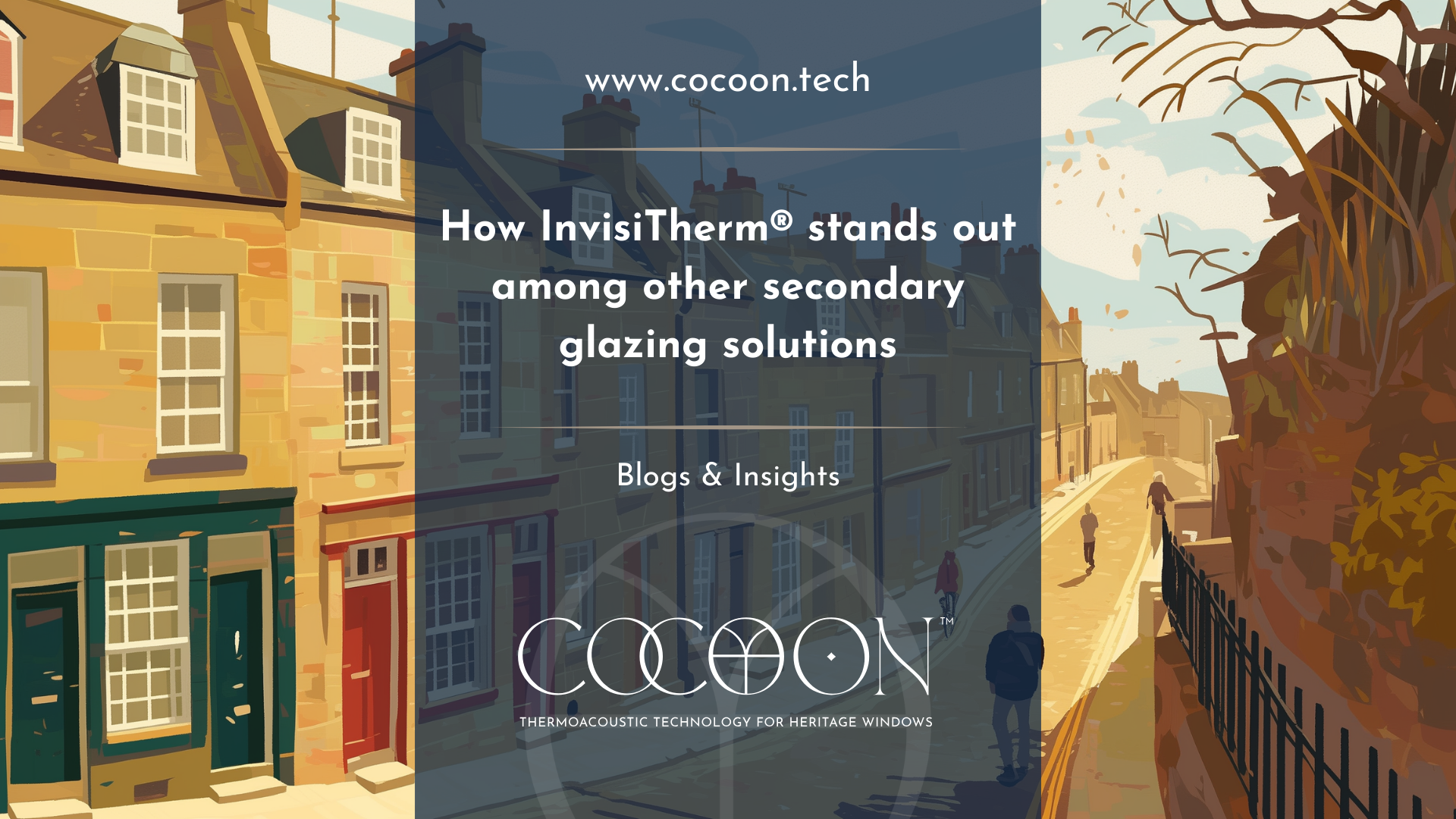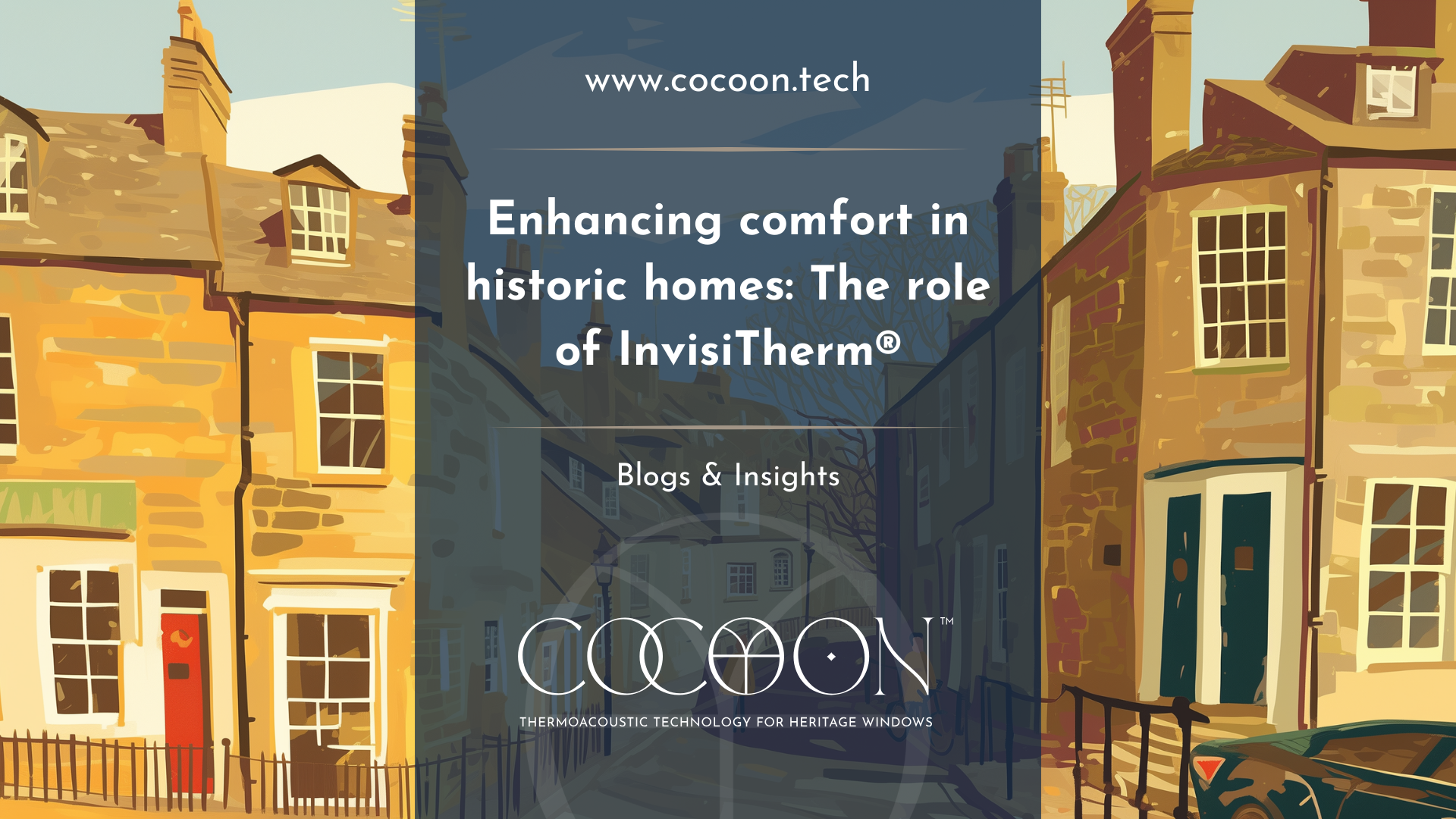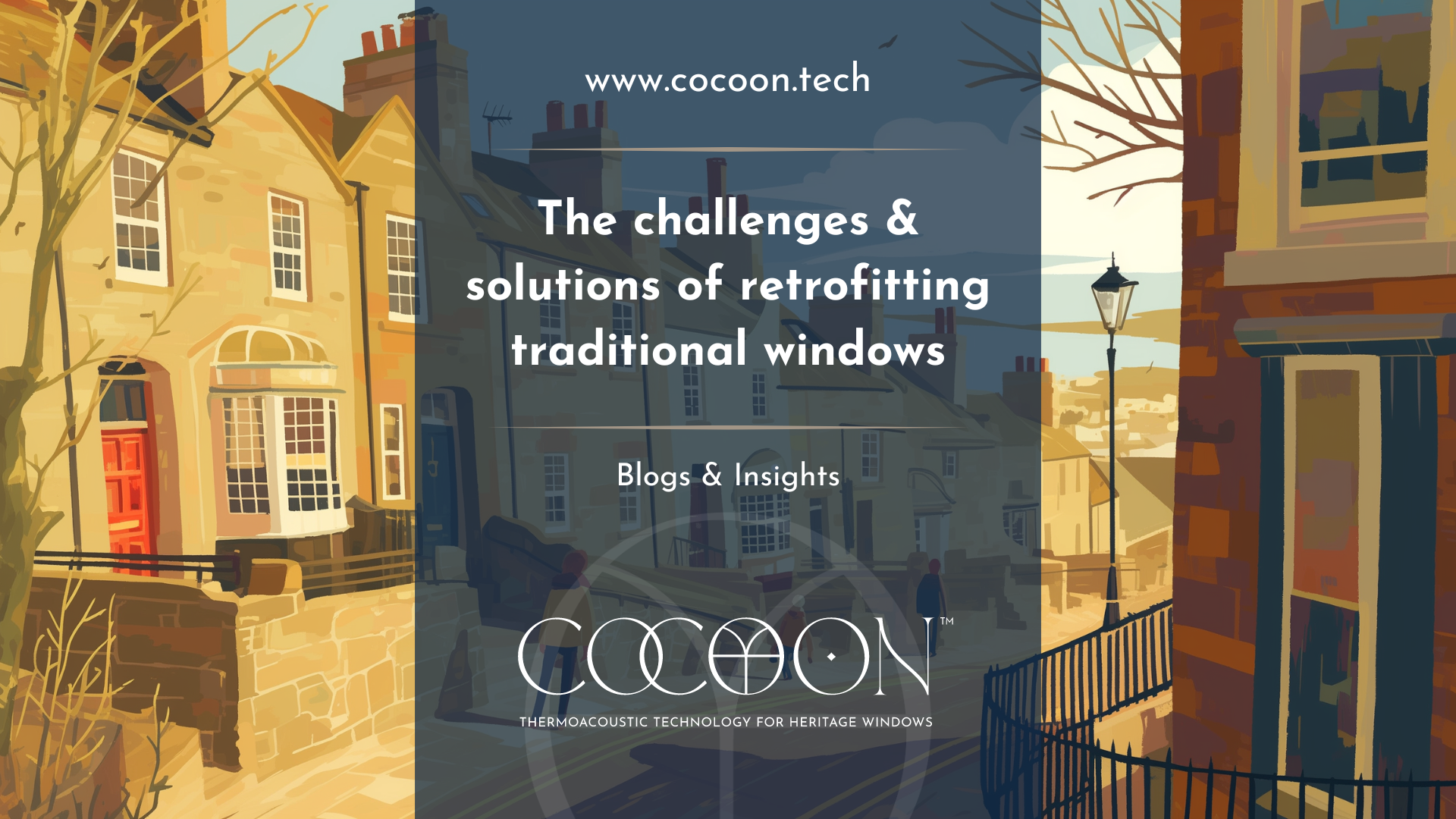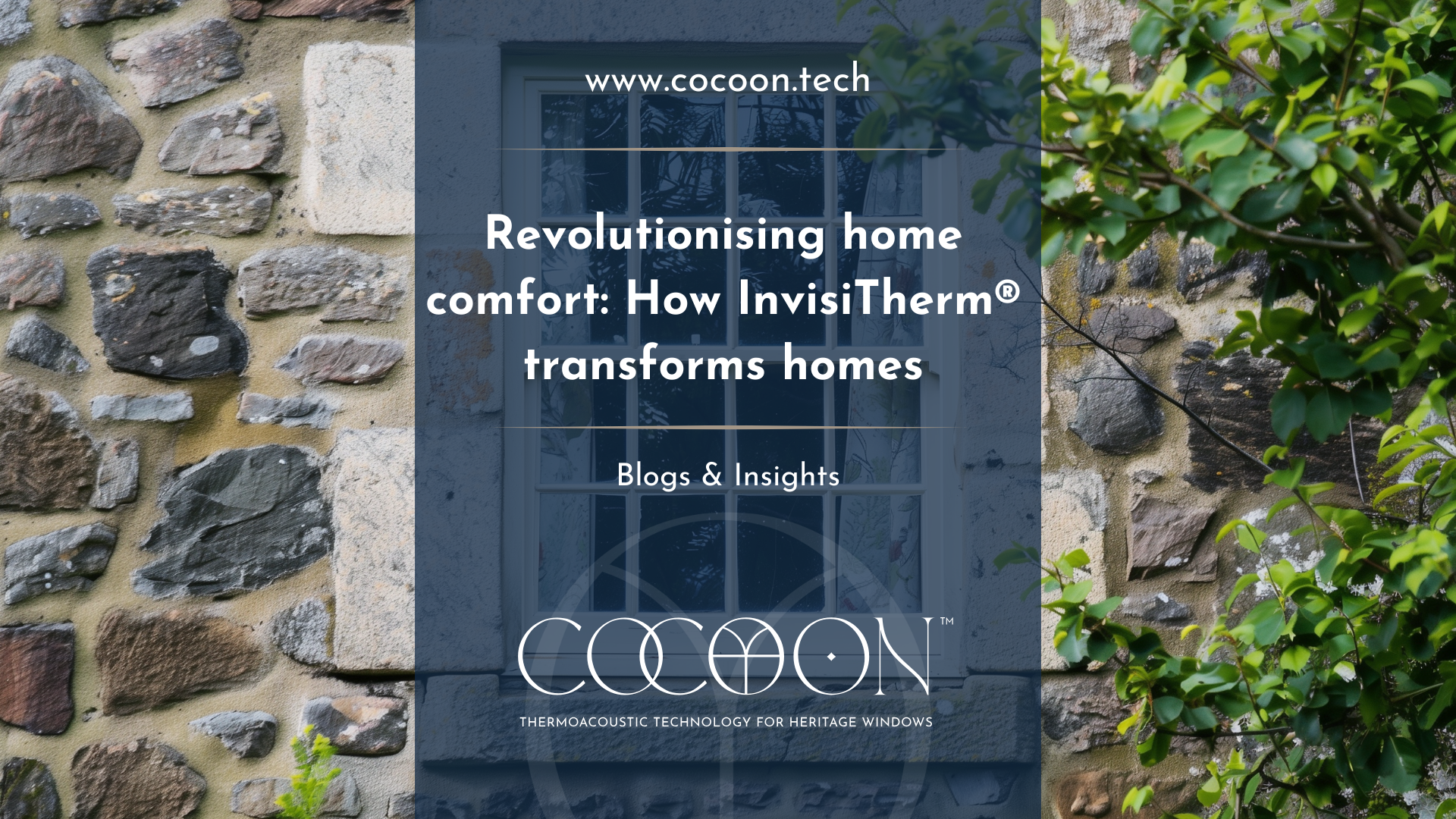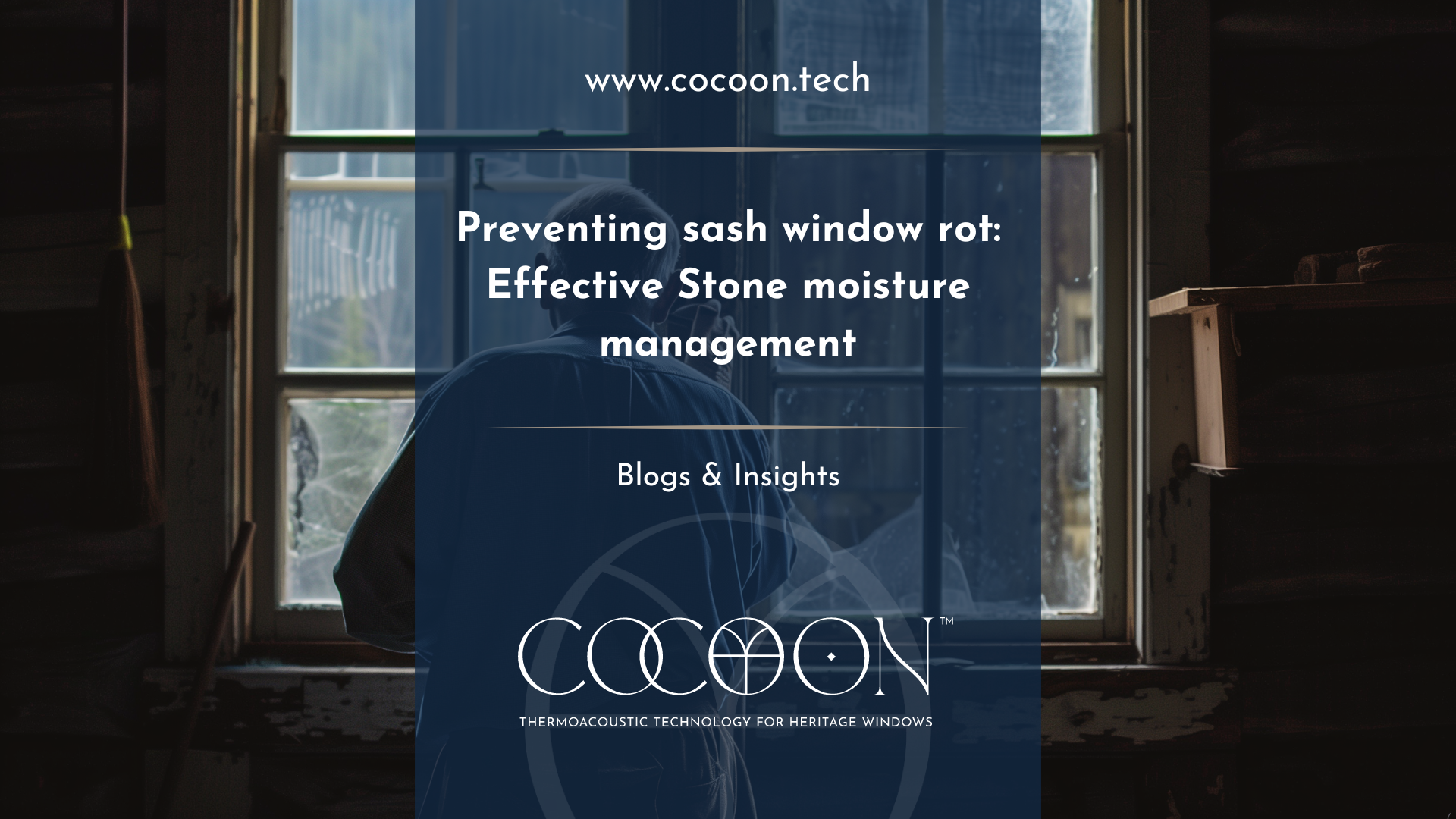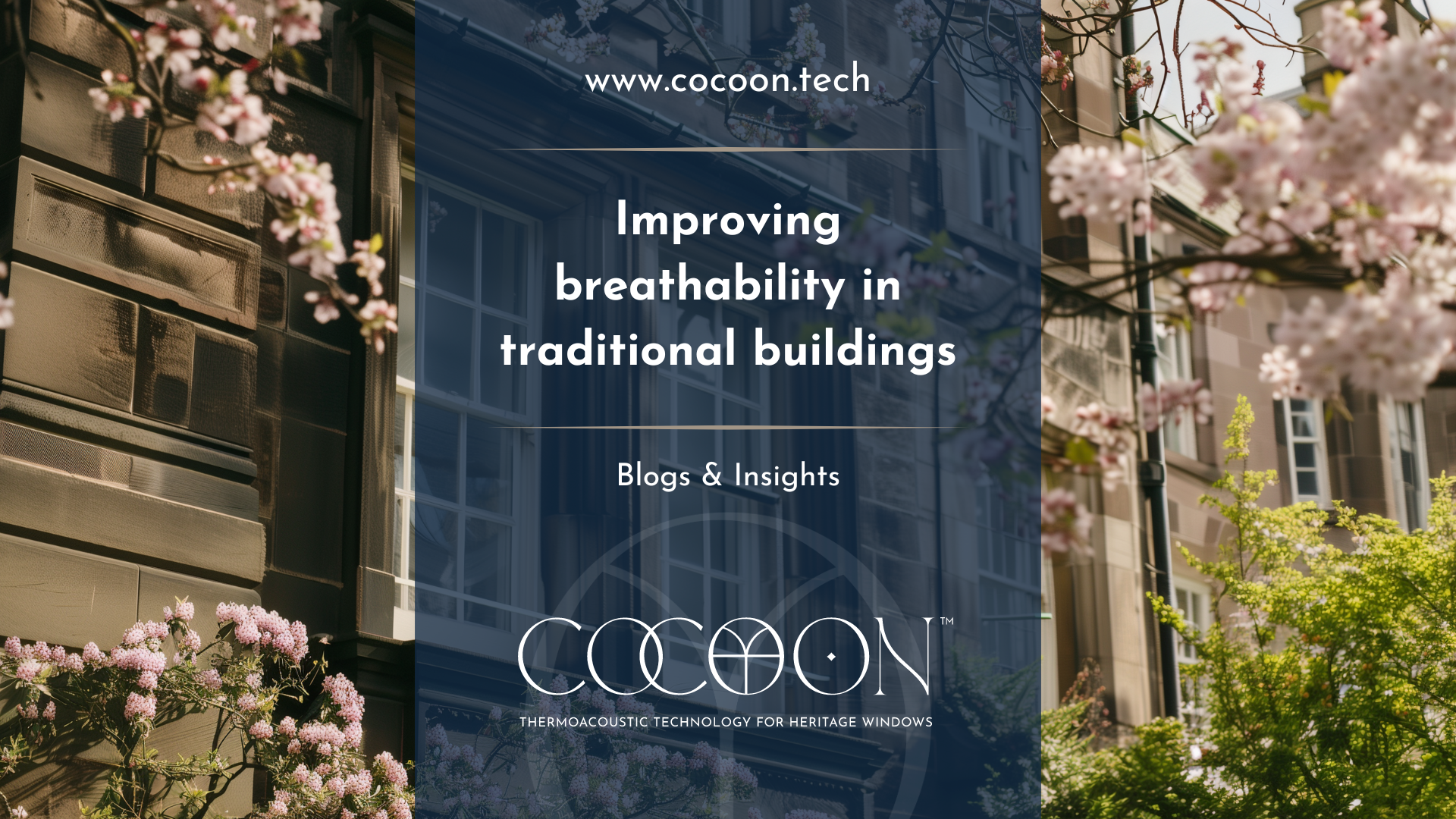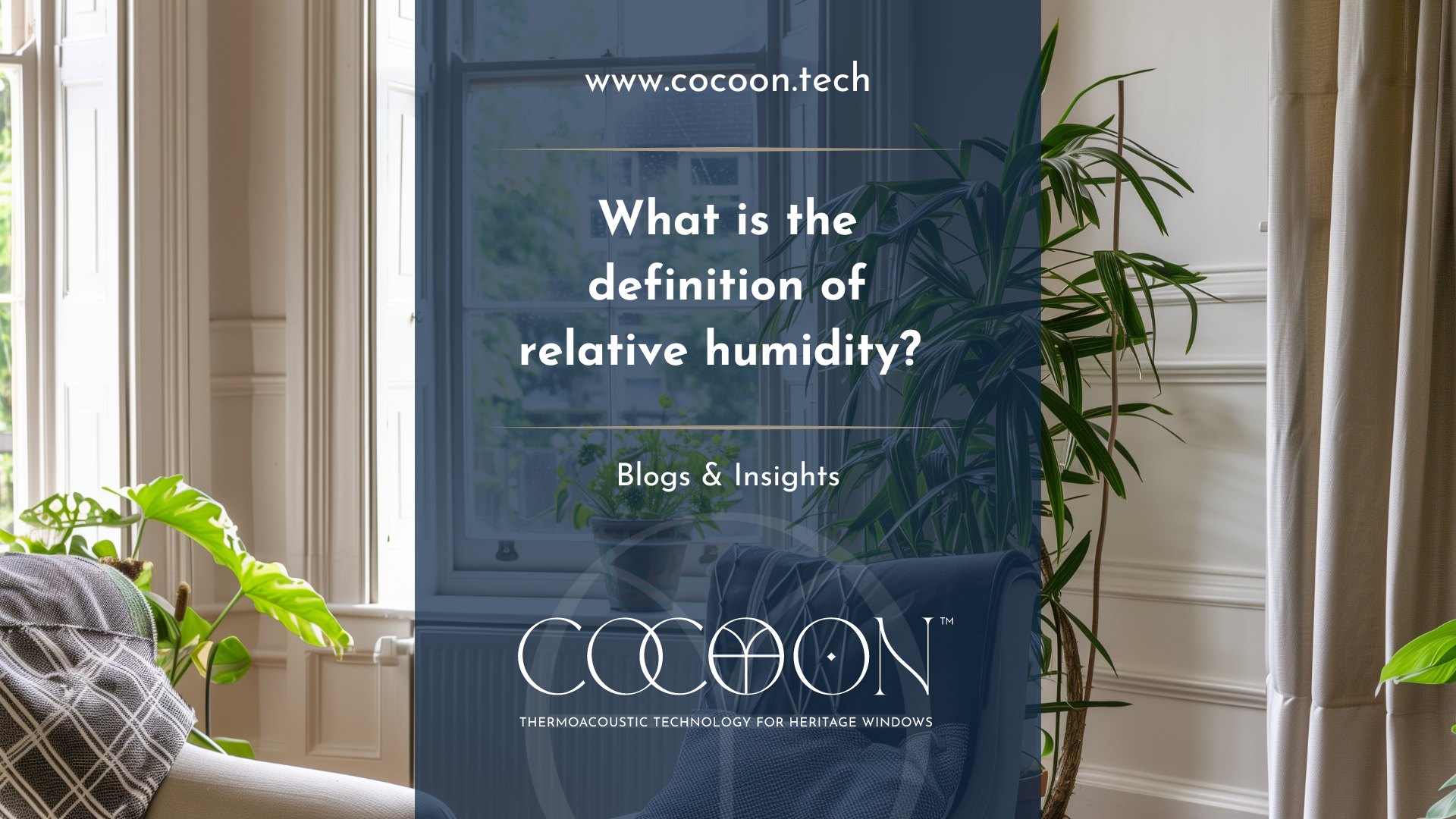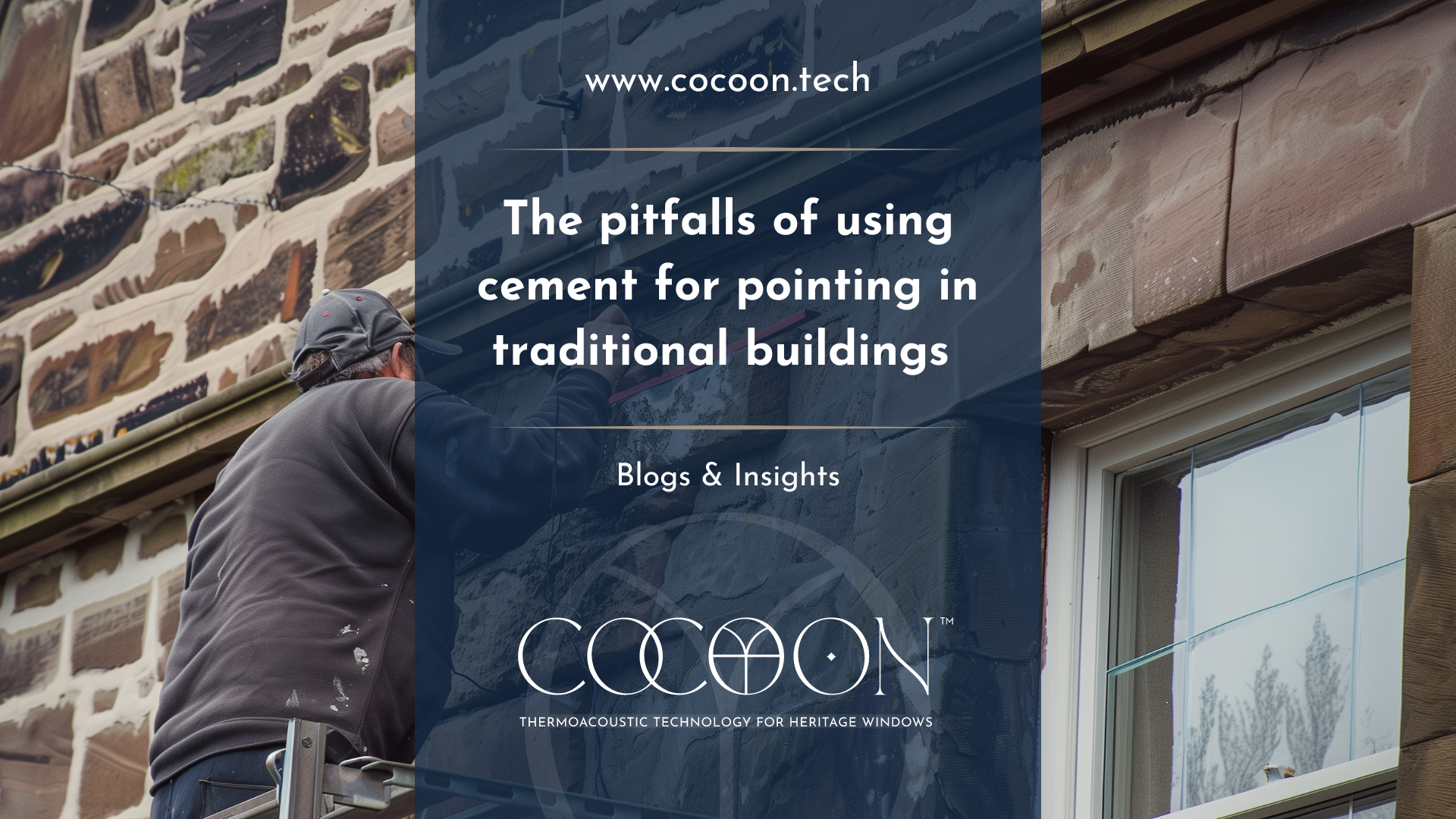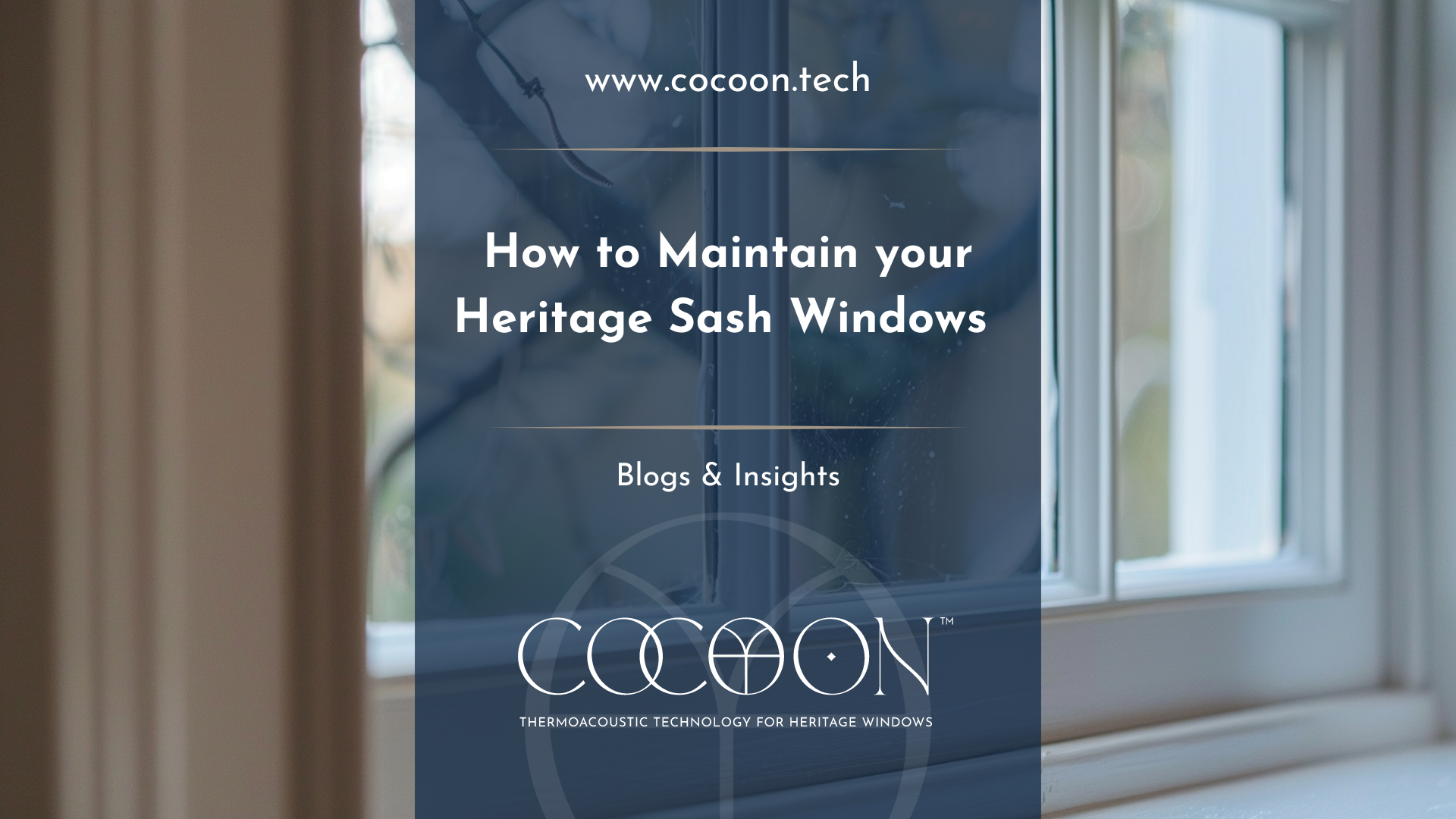Improving Energy Efficiency in Historic Buildings | Glaze & Save
Historic buildings are part of our heritage, telling stories of times past while often displaying impressive and awe-inspiring architecture and design. However, years of wear and tear, unsympathetic retrofitting or simply advances in modern house buildings technologies can often render historic buildings incredibly energy inefficient, leading to high fuel and running costs, maintenance and preservation issues, and an otherwise poor public perception as resource inefficient and wasteful.
However, modern building practices and energy efficiency measures are often inappropriate. Indeed, in a Guardian article from 2014, John Vidal writes:
“But [the National Trust] were unanimous that when it came to energy efficiency, Britain’s 5m historic houses – defined by the Society for the Protection of Ancient Buildingsas anything built before 1919 – should not be treated like new ones, and that green deal-style modern technologies were often inappropriate.”
Luckily, there are many possibilities for ideas and inspiration for the energy conscientious historic homeowner or caretaker. So with that in mind, we’re going to run through several ways in which you can improve the energy efficiency in your historic building.
1. Use appropriate insulation
Historic buildings were built to breathe. It is therefore important to ensure that any insulation you add to your property is breathable and therefore compatible with the building. The construction of older properties is such that water should be able to pass through the structure. It is therefore critical to take this into account when insulating the roof, floor or walls of your historic building. Ensuring that breathable materials such as wood fibre board for walls and sheep’s wool for roofs ensures that the breathable capacity of the building will not be blocked. Interfering with the breathable capability of your historic building can cause structural decay or poor air quality.
2. Keep your chimney in check
Chimneys were first introduced into buildings as not just as a means of ventilation, but as a way of displaying wealth. However, unused or infrequently used chimneys in your historic building may be doing some damage to your own wallet by causing expensive and discomforting draughts. While open chimneys can be a useful source of ventilation, the issue comes when they let too much warm air out and cold air in.
It is a balancing act between maintaining good levels of ventilation and stopping uncomfortable draughts. Guidance from conservation officers is that flues should not be closed off in order to allow for the chimney to draw new air into the room from under the floor and behind plastered surfaces. However, temporary measures to reduce draughts, such as chimney balloons or chimney sheep, can and should be used to great effect at reducing draughts.
3. Ensure your glazing is performing well
Older windows can often become exceptionally draugty over time, particularly if they are sash and case single glazed windows. They distort over time and gaps open up as the joints become weakened. However, although excessive air leakage through older windows can lead to exceptionally uncomfortable draughts, it is nevertheless important to ensure that the original windows are retained wherever possible. Not only is this almost always a conservation consideration in listed buildings, but original windows are often constructed of superior materials that will outlast any modern replacement windows. This is where secondary glazing such as Glaze & Save InvisiThermcomes in. Research has shownheat losses by conduction and radiation through a window as a whole can be reduced by over 60% by using secondary glazing with a low emissivity (Low-E) hard coating facing the outside, and Glaze & Save InvisiTherm reduces heat loss by an average of 63%. The research has also shown that further savings can be made if the secondary glazing uses insulating frames such as our foamed back magnet. Besides increasing the thermal performance of windows, secondary glazing unlike double glazing can have a number of other benefits including being highly effective at reducing noise, for example Glaze & Save InvisiTherm reduces noise by a minimum of 48%.
4. Check out the STBA interactive guidance wheel for sustainable retrofittingin historic buildings
The wheel depicts more than 50 measures that can be used for the retrofitting or refurbishing of traditional buildings. It encourages exploration of the measures’ advantages, concerns about their performance and possible interactions between them.
Each measure has a number of advantages and concerns (categorised into technical, heritage and energy). The concerns are colour coded and their summary is shown in the wheel 'rings' for technical, heritage and energy concerns.

